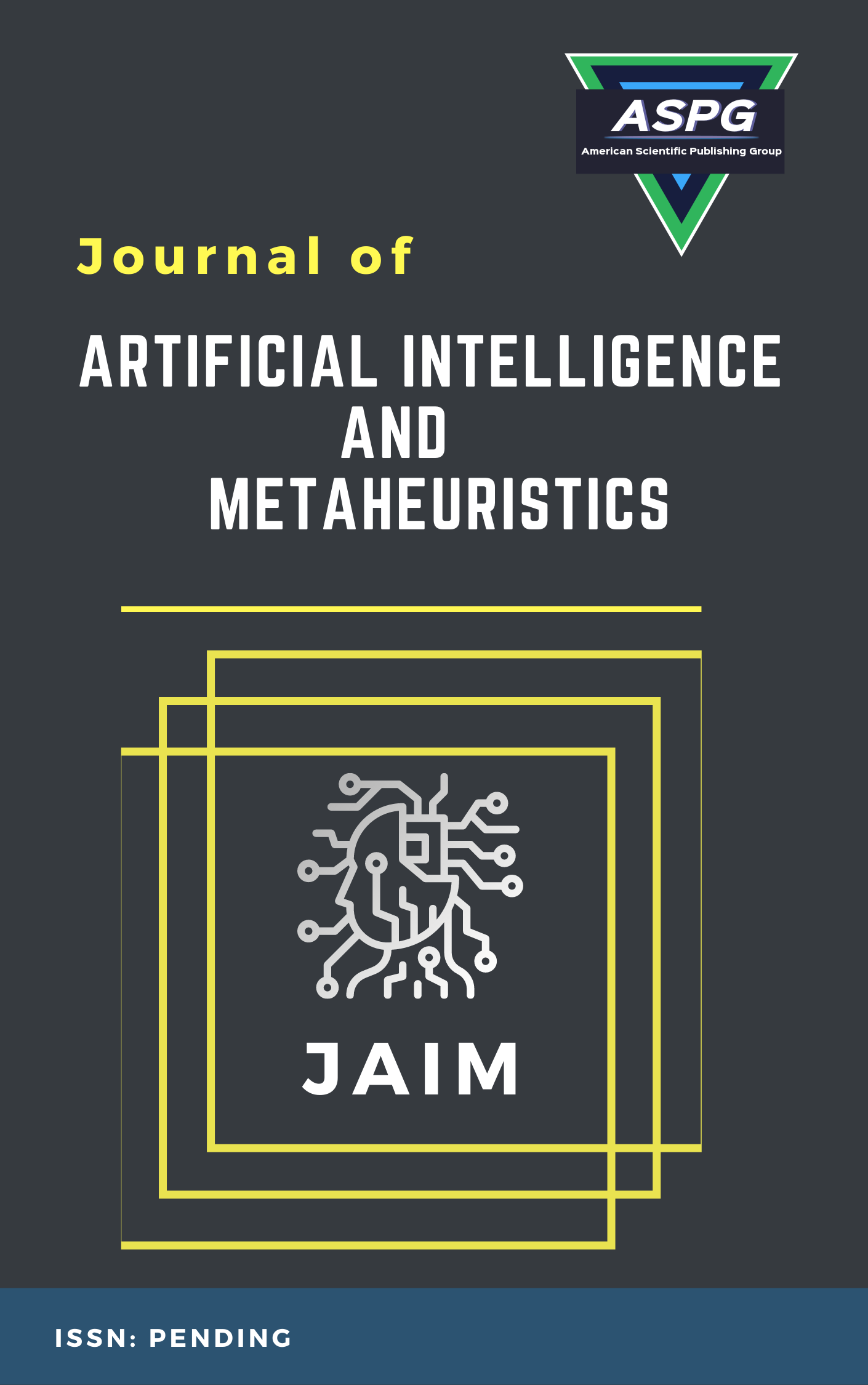

Breast cancer is a significant public health concern worldwide, and early detection is crucial for its treatment. Although breast cancer has been extensively studied, there is still room for improvement in its classification accuracy. This study aims to improve the classification accuracy of breast cancer by applying information gain feature selection and machine learning techniques to the Wisconsin Diagnostic Breast Cancer (WDBC) dataset. The information gain method is utilized to reduce feature characteristics, and machine learning algorithms such as support vector machine (SVM), naive Bayes (NB), and C4.5 decision tree are employed for breast cancer classification. The study also conducts a comparison analysis based on accuracy value. The proposed model achieves maximum classification accuracy (100%) and a weighted average for precision (100%) and recall (100%) using a C4.5 decision tree, while SVM accuracy (98.42%) and weighted average for precision (98.17%) and recall (98.58%) are achieved using a C4.5 decision tree. The NB algorithm attains an accuracy of 96%, with a weighted average for precision (18.57%) and recall (50%). The proposed model's results are compared to similar studies and demonstrate significant progress, indicating new opportunities for breast cancer detection.
Read MoreDoi: https://doi.org/10.54216/JAIM.040201
Vol. 4 Issue. 2 PP. 08-17, (2023)
Mathematical programming can express competency concepts in a well-defined mathematical model for a particular. As both the population and the number of cars in cities continue to grow, one of the most pressing problems is the resulting increase in congestion. Not only can traffic jams make drivers' trips longer and more stressful, but they also increase the amount of gasoline they use and contribute to pollution in the air. Despite the fact that it appears to be present everywhere, the megacities are the ones that are most negatively impacted by it. In addition, the fact that it is always growing makes it essential to compute the road traffic density in real time in order to achieve more accurate signal control and more efficient traffic management. One of the most important aspects that determines how well traffic moves is the traffic controller. As a result, there is a growing requirement for improved traffic control that should be optimized to better meet these rising expectations. For the purpose of determining the volume of traffic at intersections, the system that we have designed will use image processing and artificial intelligence to analyze live footage captured by cameras installed there. In addition to this, it places an emphasis on the algorithm that determines when to change the color of the traffic lights based on the number of vehicles in an area. This helps to ease congestion, which in turn speeds up transit for pedestrians and reduces air pollution.
Read MoreDoi: https://doi.org/10.54216/JAIM.040202
Vol. 4 Issue. 2 PP. 18-27, (2023)
The advancement of technology necessitates the development of more sophisticated modulation strategies for wideband digital communication systems. The requirements for high-speed data transmissions can be effectively met by utilizing orthogonal frequency division multiplexing, which is an effective technique. However, a high peak-to-average power ratio (PAPR) is one of the key limits that OFDM systems face, both in terms of their performance and their power efficiency. The evaluation of the PAPR reduction has become a topic of widespread interest in this present decade due to the relevance it holds in the industrial and scientific communities. The purpose of this study is to show the combination of the bat algorithm with the partial transmit sequence scheme as an effective way for reducing PAPR that also eases the burden of computing work. For the purpose of providing a comparative evaluation of the PAPR reduction performance, a number of simulations using various partial transmit sequence schemes have been carried out. The findings of the simulation show that the BA-PTS scheme has the potential to provide superior PAPR reduction performance while simultaneously reducing the computational load.
Read MoreDoi: https://doi.org/10.54216/JAIM.040203
Vol. 4 Issue. 2 PP. 28-35, (2023)
In volatile markets, risk mitigation and analysis play a crucial role in ensuring financial stability and profitability. This paper presents a new framework for risk mitigation and analysis tailored specifically for volatile markets. The framework combines data analysis, statistical modeling, and domain expertise to provide a inclusive and proactive approach to managing risks. The key theories and beliefs underlying the framework are discussed, with a focus on the use of logistic regression as the core risk predictor. The framework's development process, including data collection and preprocessing, feature engineering, and model selection, is outlined. Moreover, the incorporation of the Weight of Evidence (WoE) technique to enhance the interpretability and effectiveness of the logistic regression model is explained. The proposed framework aims to encourage market participants with valuable insights into risk levels and facilitate informed decision-making and effective risk mitigation strategies in volatile market environments.
Read MoreDoi: https://doi.org/10.54216/JAIM.040204
Vol. 4 Issue. 2 PP. 36-44, (2023)
Diabetes patients face a severe health cost from cardiovascular disease (CVD). Recognising the risk factors for CVD in this group of people is critical for developing effective preventative and management measures. In this study, we use an ontological data mining approach, LightGBM, to analyze a dataset of diabetes patients and investigate the risk variables that contribute to CVD. The association between diabetes and CVD is investigated, emphasising the increased risk that diabetes patients confront. We look into the demographics, health behaviors, and physiological indicators that influence the emergence of heart disease in this population. We use LightGBM to find complicated relationships and trends within the dataset, allowing us to identify critical risk variables. Our research contributes to the field by offering a thorough examination of the diabetes-CVD link and applying an advanced machine-learning technique for information extraction. The results have implications for specific interventions, risk evaluation models, and personalised therapy approaches aimed at reducing the effect of CVD in diabetics.
Read MoreDoi: https://doi.org/10.54216/JAIM.040205
Vol. 4 Issue. 2 PP. 45-53, (2023)